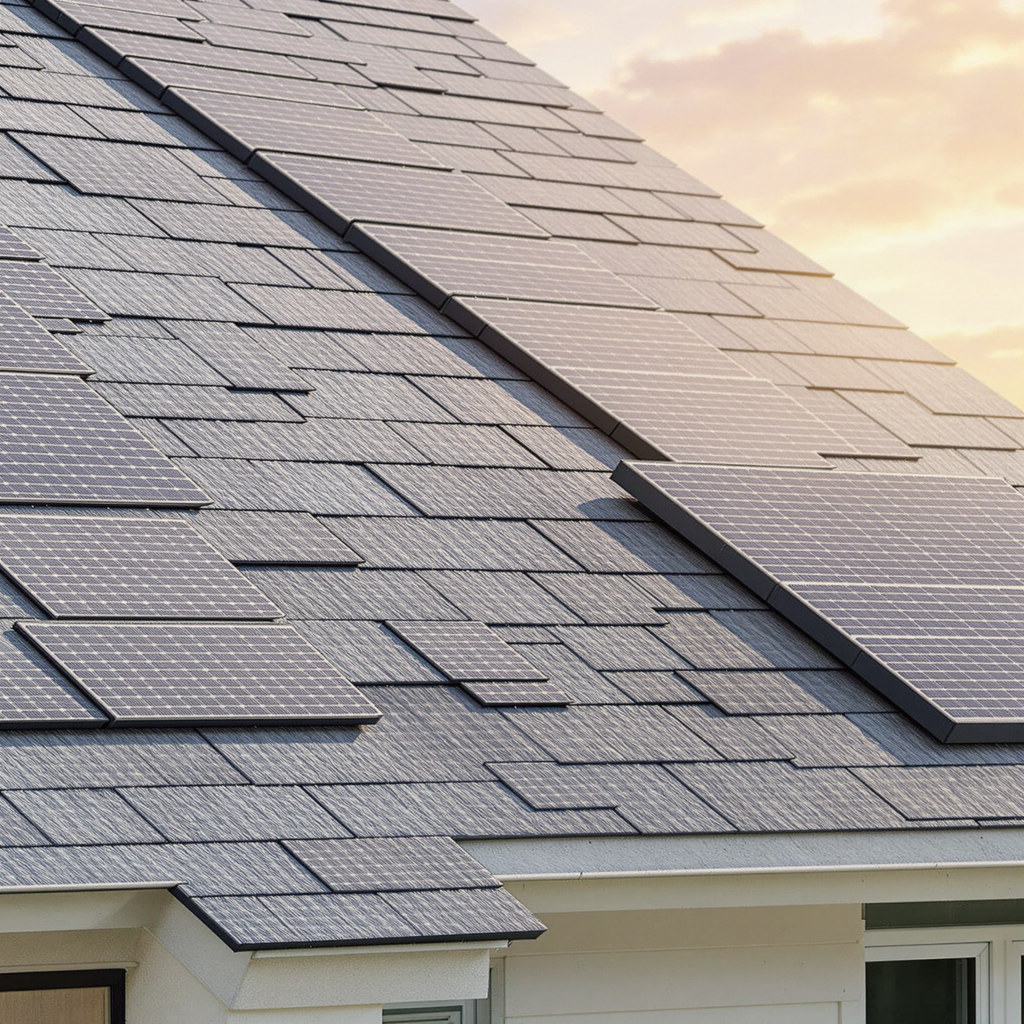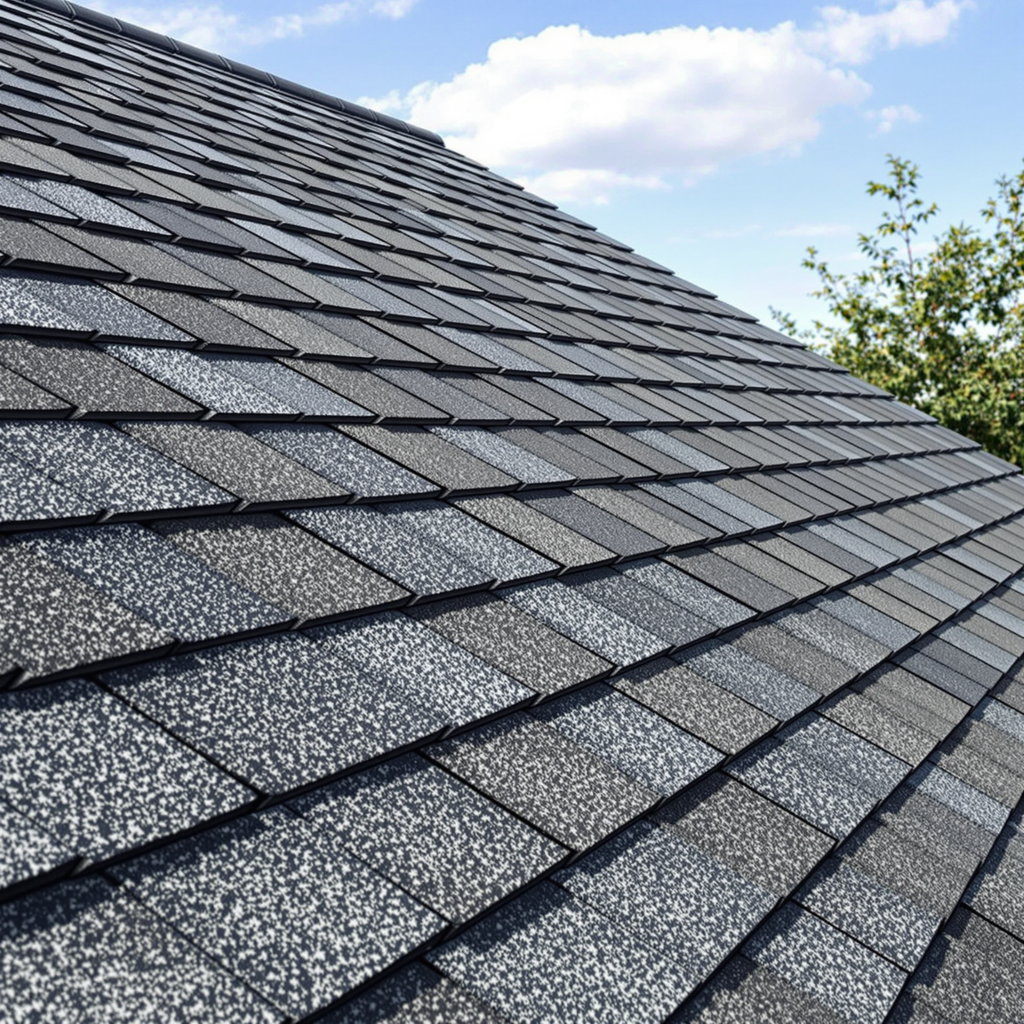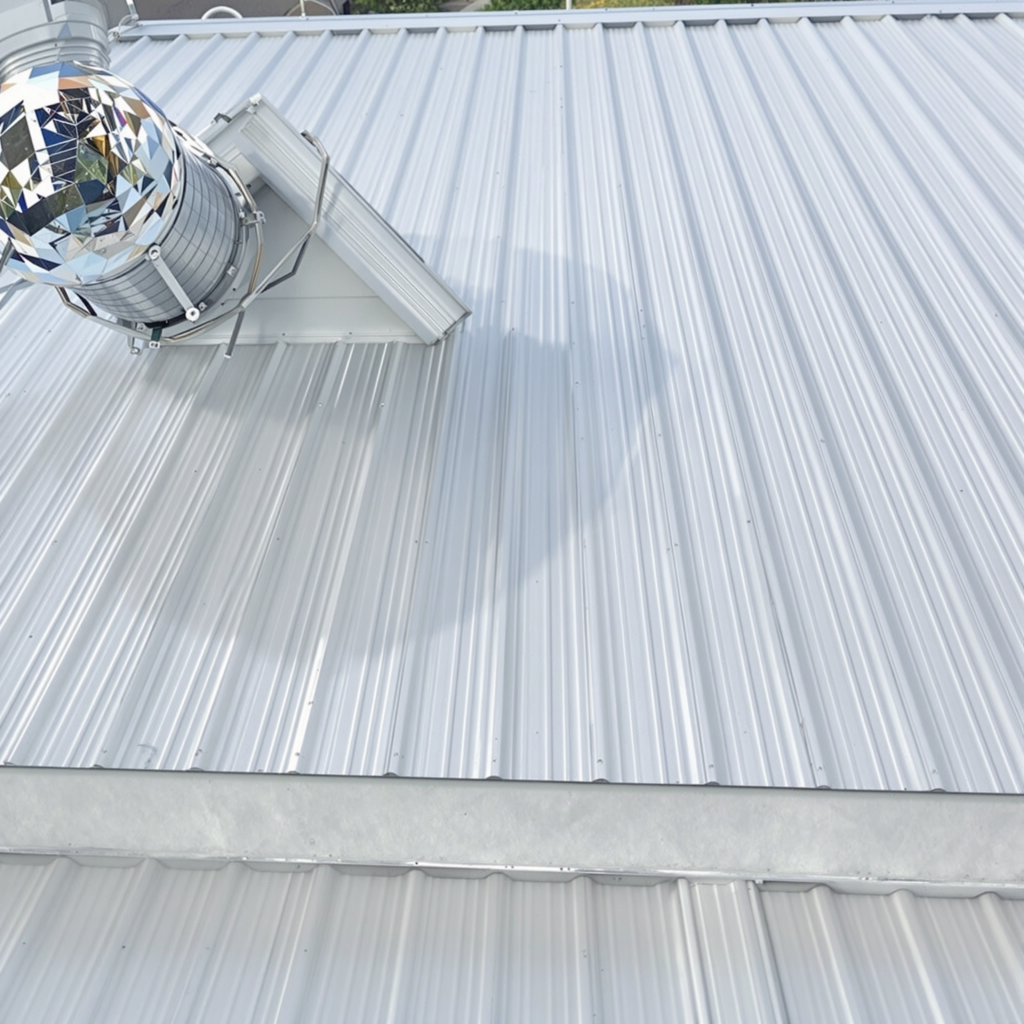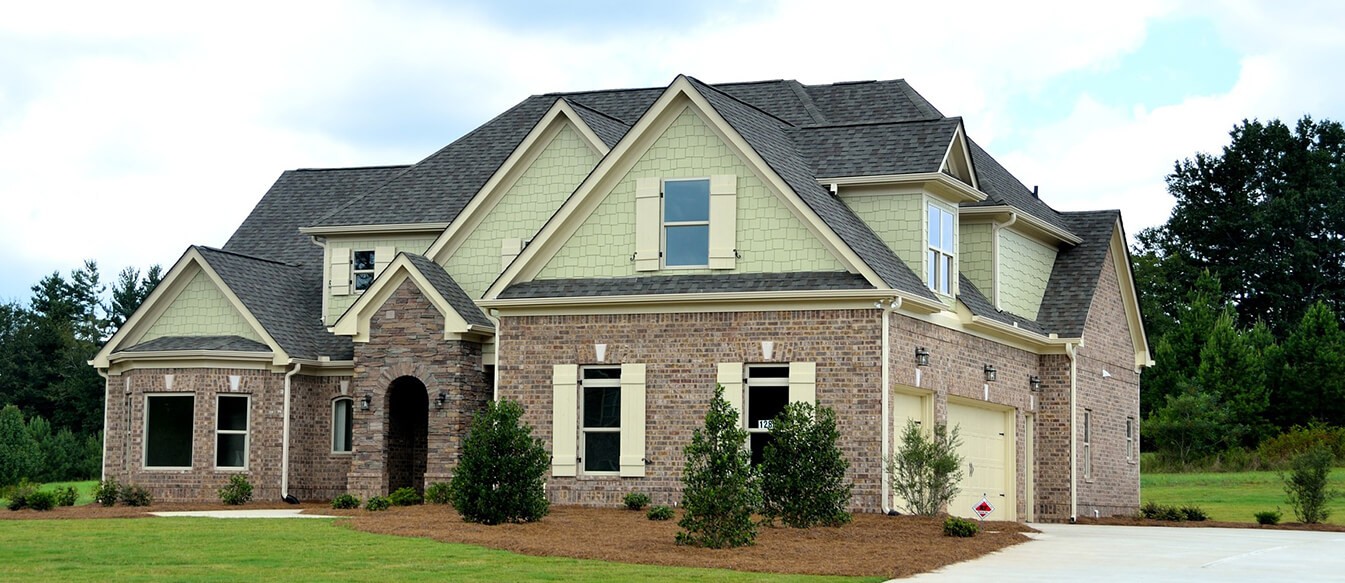Frequently Asked Questions
What are the renewable roofing materials?
Renewable roofing materials include options like metal, bamboo, recycled shingles, and grass or living roofs. These materials reduce environmental impact and enhance sustainability while providing durable and aesthetically pleasing roofing solutions.
What is the most sustainable roof material?
The most sustainable roof material is typically metal roofing. Made from recycled materials and fully recyclable itself, it provides durability and energy efficiency, which reduces environmental impact over its lifespan.
What is sustainable roofing?
Sustainable roofing refers to roofing systems that utilize eco-friendly materials and practices designed to minimize environmental impact. These solutions often enhance energy efficiency, promote resource conservation, and contribute positively to the ecosystem.
What is the most eco friendly roofing material?
The most eco-friendly roofing material is reclaimed slate, as it is durable, recyclable, and reduces waste. Other sustainable options include metal roofing and green roofs, which provide additional environmental benefits such as insulation and habitat for wildlife.
What benefits do renewable roofing materials offer?
The benefits of renewable roofing materials include reduced environmental impact, improved energy efficiency, and enhanced durability. These materials not only lower your carbon footprint but also can lead to cost savings on energy bills over time.
How long do eco-friendly roofing materials last?
The longevity of eco-friendly roofing materials varies, but many can last between 20 to 50 years, depending on the material and maintenance. Investing in quality options ensures durability while promoting sustainability.
Can sustainable roofing materials reduce energy costs?
Sustainable roofing materials can indeed reduce energy costs. By enhancing insulation and reflecting sunlight, these materials help maintain a comfortable indoor temperature, ultimately lowering heating and cooling expenses.
What are common types of sustainable roofing?
Common types of sustainable roofing include metal roofs, which are highly durable and recyclable, green roofs that support vegetation, and solar shingles that harness renewable energy. These materials minimize environmental impact while enhancing energy efficiency.
How do I choose eco-friendly roofing options?
Choosing eco-friendly roofing options involves considering materials with minimal environmental impact, such as recycled, sustainable, or energy-efficient choices. Evaluate their durability, installation process, and lifespan to ensure long-term sustainability and efficiency.
Are there grants for sustainable roofing projects?
Grants for sustainable roofing projects are available from various government and nonprofit organizations. These funds can help offset costs associated with eco-friendly materials and practices, making sustainable roofing more accessible to homeowners and builders.
What maintenance is needed for green roofs?
The maintenance needed for green roofs includes regular inspections, watering during dry spells, removing debris, and ensuring proper drainage. Occasional fertilization and plant replacement may also be necessary to maintain healthy vegetation.
How are sustainable roofs installed?
The installation of sustainable roofs involves careful planning, selecting eco-friendly materials, and employing energy-efficient techniques. This process typically includes assessing structural integrity, ensuring proper insulation, and utilizing recyclable or renewable materials for a minimal environmental impact.
What makes a roofing material eco-friendly?
Eco-friendly roofing materials are characterized by their ability to minimize environmental impact through sustainable sourcing, energy efficiency, and recyclability. These materials help reduce waste, lower energy consumption, and support a healthier ecosystem.
Do eco-friendly roofs require special insulation?
Eco-friendly roofs do not necessarily require special insulation, but using high-performance, sustainable insulation materials can enhance their energy efficiency and overall environmental benefits. It's essential to choose insulation compatible with eco-friendly roofing systems.
What is the cost of sustainable roofing materials?
The cost of sustainable roofing materials varies significantly based on the type and quality chosen. Generally, eco-friendly options can range from 10% to 30% more than traditional materials, reflecting their long-term environmental benefits.
Are there local suppliers for eco-friendly roofing?
Local suppliers for eco-friendly roofing materials typically exist in most areas, making it easier for homeowners and builders to access sustainable options. Best Roofing Now can connect you with trusted local suppliers who specialize in eco-friendly roofing solutions.
What is the environmental impact of roofing materials?
The environmental impact of roofing materials includes their contribution to waste, energy consumption during production, and potential emissions. Eco-friendly options, like recycled or sustainably sourced materials, significantly reduce these negative effects and promote sustainable building practices.
How do solar panels integrate with green roofs?
Solar panels can effectively integrate with green roofs by being mounted on structural supports that allow for plant growth beneath. This combination maximizes energy efficiency while promoting biodiversity and improving insulation, making it an ideal sustainable roofing solution.
Can you recycle traditional roofing materials?
Traditional roofing materials can be recycled, though the process varies depending on the material. Asphalt shingles, metal roofing, and tiles are recyclable, reducing landfill waste and promoting sustainability. It's essential to consult local facilities for specific recycling options.
What types of insulation work well with eco roofs?
The types of insulation that work well with eco roofs include sustainable materials like cellulose, sheep’s wool, and foam made from recycled plastics. These options effectively enhance energy efficiency while minimizing environmental impact.
Are living roofs practical for all climates?
Living roofs can be practical in various climates, but their effectiveness depends on factors like local weather conditions, plant selection, and proper drainage systems. In extremely hot or cold regions, additional considerations are essential for optimal performance and maintenance.
How does climate affect sustainable roofing choices?
Climate significantly impacts sustainable roofing choices by influencing the durability and efficiency of materials. Regions with extreme weather require roofing that can withstand conditions while maximizing energy efficiency, guiding homeowners to select appropriate eco-friendly options tailored to their local climate.
What metrics define roofing sustainability?
The metrics that define roofing sustainability include the energy efficiency of materials, the lifespan and recyclability of the roofing products, the impact of production processes on the environment, and the overall reduction of carbon footprint during installation and maintenance.
Do eco-friendly roofs increase property value?
Eco-friendly roofs do enhance property value. They appeal to environmentally conscious buyers and can lead to lower energy costs, thereby making homes more attractive in the real estate market.
How do I dispose of old roofing materials sustainably?
Disposing of old roofing materials sustainably involves recycling or repurposing them whenever possible. Consider contacting local recycling centers, or donating usable materials to community projects, ensuring a minimal environmental impact.
Can eco-friendly roofs support vegetation?
Eco-friendly roofs can indeed support vegetation. These living roofs are designed with appropriate soil, drainage, and plant selections, allowing them to thrive while promoting biodiversity and improving energy efficiency.
What role does ventilation play in green roofing?
The role of ventilation in green roofing is crucial for maintaining a healthy, energy-efficient system. Proper ventilation helps regulate temperature and moisture levels, preventing issues such as mold growth and structural damage, ultimately enhancing the longevity and performance of the roof.
Are there certifications for sustainable roofing?
Certifications for sustainable roofing are available and help verify the environmental benefits of roofing materials and practices. Look for certifications like LEED, Energy Star, and the Cradle to Cradle certification to ensure eco-friendly roofing options.
How do I maintain an eco-friendly roof?
Maintaining an eco-friendly roof involves regular inspections, cleaning debris, and ensuring proper drainage. Additionally, use environmentally-friendly cleaning products to preserve the integrity of green materials while extending the roof's lifespan.
Can traditional buildings use sustainable roofing options?
Traditional buildings can indeed utilize sustainable roofing options. Eco-friendly materials and techniques can be integrated seamlessly while preserving the building’s aesthetic and structural integrity, offering a responsible roofing solution that benefits both the environment and the structure.










